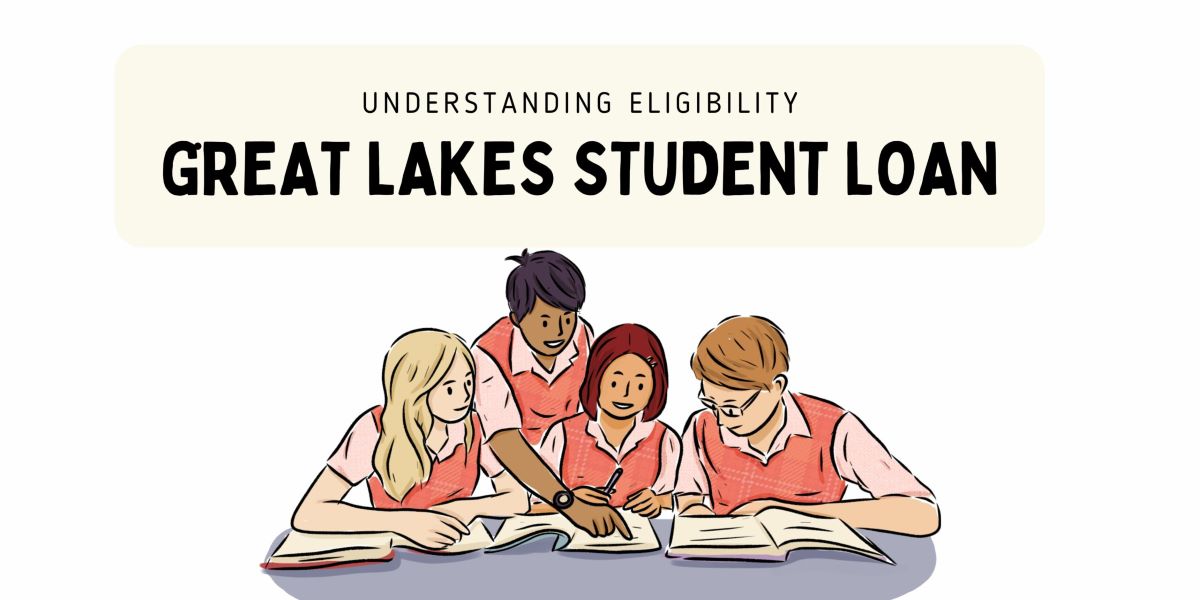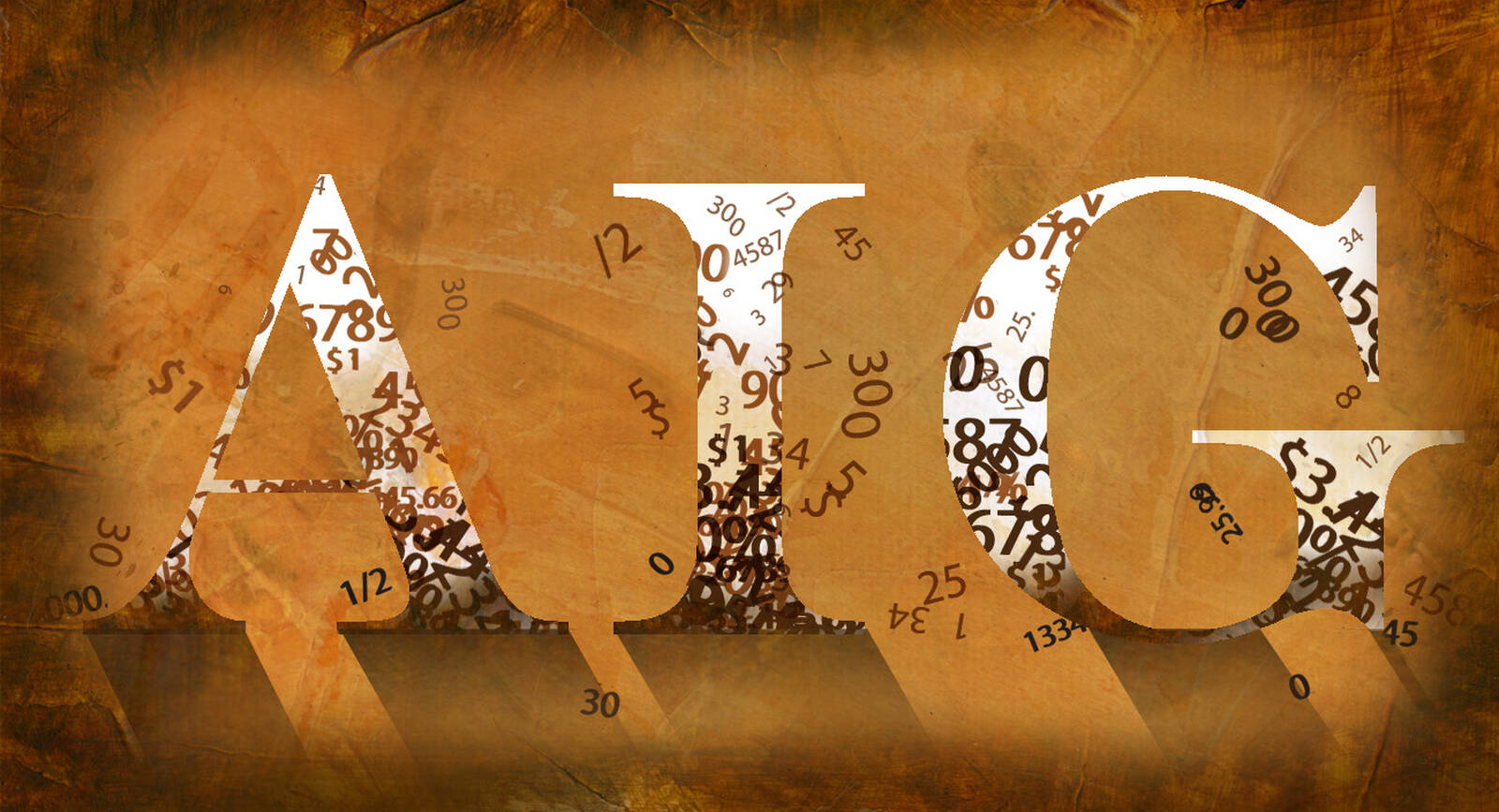Home>Finance>Classified Loan: Definition, Criteria, Impact On Borrower


Finance
Classified Loan: Definition, Criteria, Impact On Borrower
Published: October 27, 2023
Learn the definition, criteria, and borrower impact of classified loans in the world of finance. Gain insights into this important aspect of lending.
(Many of the links in this article redirect to a specific reviewed product. Your purchase of these products through affiliate links helps to generate commission for LiveWell, at no extra cost. Learn more)
Classified Loan: Definition, Criteria, Impact on Borrower
Welcome to our Finance category where we delve into various topics related to managing your money and making sound financial decisions. In today’s post, we will be discussing the concept of classified loans, including a definition, criteria for classification, and the impact on borrowers. If you’ve ever wondered what happens when a loan is classified, or if you want to better understand how it affects borrowers, then you’re in the right place.
Key Takeaways:
- A classified loan is a loan that a lender has identified as having a higher risk of default.
- The criteria for classifying a loan typically include factors such as missed payments, declining creditworthiness of the borrower, or a deteriorating financial condition.
Before we dive deeper into the details, let’s start with a definition of a classified loan. Simply put, a classified loan is a loan that a lender has identified as having a higher risk of default. When a loan is classified, it means that the borrower’s ability to repay the loan is in doubt and additional measures may be taken to mitigate the risk.
Loan classification criteria can vary depending on the lender and the specific circumstances, but there are some common factors that often contribute to the classification decision. These criteria can include missed payments, the declining creditworthiness of the borrower, or a deteriorating financial condition. When one or more of these factors are present, the lender may classify the loan to reflect the increased risk.
So, what impact does a classified loan have on the borrower? Well, there are several consequences that borrowers should be aware of:
- Higher Interest Rates: When a loan is classified, lenders often charge higher interest rates to compensate for the additional risk they are taking. This means that borrowers may end up paying more over the life of the loan, leading to increased financial burden.
- Tighter Credit Conditions: A classified loan can also affect the borrower’s access to future credit. Lenders may be hesitant to extend additional loans or lines of credit to borrowers with a history of default or financial difficulties, making it harder for them to obtain financing in the future.
- Damage to Credit Score: Defaulting on a classified loan can have a significant negative impact on the borrower’s credit score. This can make it challenging to secure loans or credit cards in the future and may result in higher interest rates on any approved credit.
- Collections and Legal Actions: In extreme cases, the lender may pursue collections or legal actions to recover the outstanding loan amount. This can result in additional fees, legal expenses, and a tarnished reputation for the borrower.
It’s important to note that while a classified loan may present challenges for borrowers, it is not the end of the road. There are steps borrowers can take to improve their financial situation and reduce the impact of a classified loan, such as seeking financial advice, negotiating with the lender, or exploring debt consolidation options.
In conclusion, a classified loan is a loan that is identified as having a higher risk of default. Lenders classify loans based on various criteria that indicate an increased risk. Classified loans can have significant implications for borrowers, including higher interest rates, tighter credit conditions, damage to credit scores, and potential legal actions. However, with proactive steps and effective financial management, borrowers can navigate through these challenges and work towards improving their financial health.














